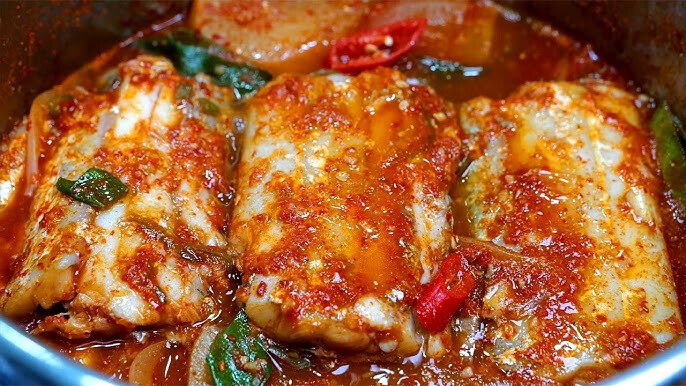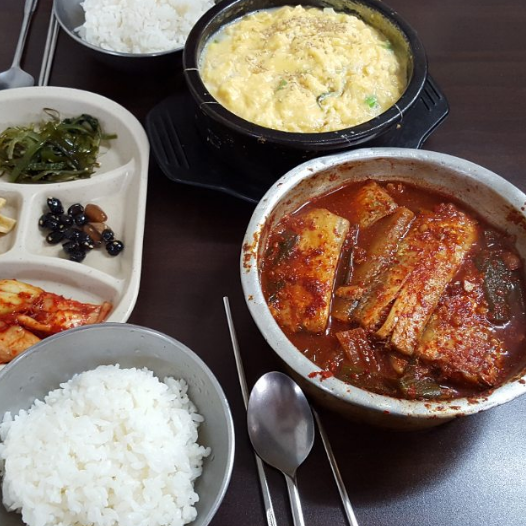
In the bustling heart of Seoul, where modern skyscrapers and trendy shopping districts thrive, lies Namdaemun Market, a vibrant testament to Korea's rich history and enduring culture. Guarding its entrance, much as it did in the Joseon Dynasty as the grand southern gate of Hanyang Fortress, stands Sungnyemun Gate. Resiliently restored in 2013 after a tragic fire, this iconic landmark now embraces the lively tapestry of Namdaemun Market, a traditional marketplace with roots stretching back to the early Joseon era.
On a recent afternoon, the air in Namdaemun Market buzzed with the energetic rhythm of commerce and the spirited calls of vendors. Amidst the myriad sights and sounds, one particular area beckoned: Galchi (Hairtail) Alley. While other food streets like Gopchang (grilled tripe) Alley are familiar, the existence of an entire alley dedicated to a single type of fish sparked immediate curiosity.
Hairtail, a slender, silver fish known as "kalchi" in pure Korean and "doe" or "daedo" in Hanja (Chinese characters), is a nocturnal predator often caught during night fishing. Inhabiting the deep sea, these fish succumb to the rapid pressure change when brought to the surface. Despite this, hairtail has long held a significant place on the Korean dining table.
Wandering into Galchi Alley felt like stepping into a different era. Dimly lit signs hung above a narrow lane, where plumes of smoke mingled with the savory aromas of grilling fish, simmering soybean paste stew, and freshly cooked rice. This alleyway bears the indelible marks of time. For older generations, it evokes nostalgic memories, while for younger visitors, it offers a unique and rustic ambiance ripe for exploration. Indeed, Galchi Alley encapsulates the true essence of Namdaemun Market's appeal.
Here, patrons readily choose the small, unassuming restaurants tucked away in the alley over the sleek, modern establishments on the main streets. The reason lies in the stories and history embedded within these timeworn eateries. The simple act of preparing meals and grilling the glistening hairtail, passed down through generations, transcends mere sustenance; it paints a picture of Korean warmth and culinary heritage against the backdrop of a dynamic city.
Settling into a cozy spot, I ordered the signature dish: Galchi Jorim (braised hairtail). Soon, a vibrant red stew brimming with tender hairtail and a bowl of steaming, glossy rice arrived. A single bite of the succulent, well-seasoned fish atop the fluffy rice was enough to reignite a lost appetite. Before I knew it, one bowl was gone, and another was on its way. The moniker "two-bowl rice thief" was no exaggeration. The delicious Galchi Jorim of this alley is not to be blamed; rather, it's the very reason countless people are drawn to Namdaemun Market.
Before exploring the grand historical sites around the old capital, taking a moment to savor a warm meal in this humble alley offers more than just food; it's a unique cultural experience. The lively atmosphere of the market, the quaint charm of the alleyway, the tantalizing aromas, and the rich flavors leave an indelible mark on the senses. Sungnyemun Gate's embrace of Namdaemun Market's Galchi Alley continues to breathe life into this special corner of Seoul, a place that is not just a market street, but a cherished piece of Korean life and spirit.


[Copyright (c) Global Economic Times. All Rights Reserved.]






























